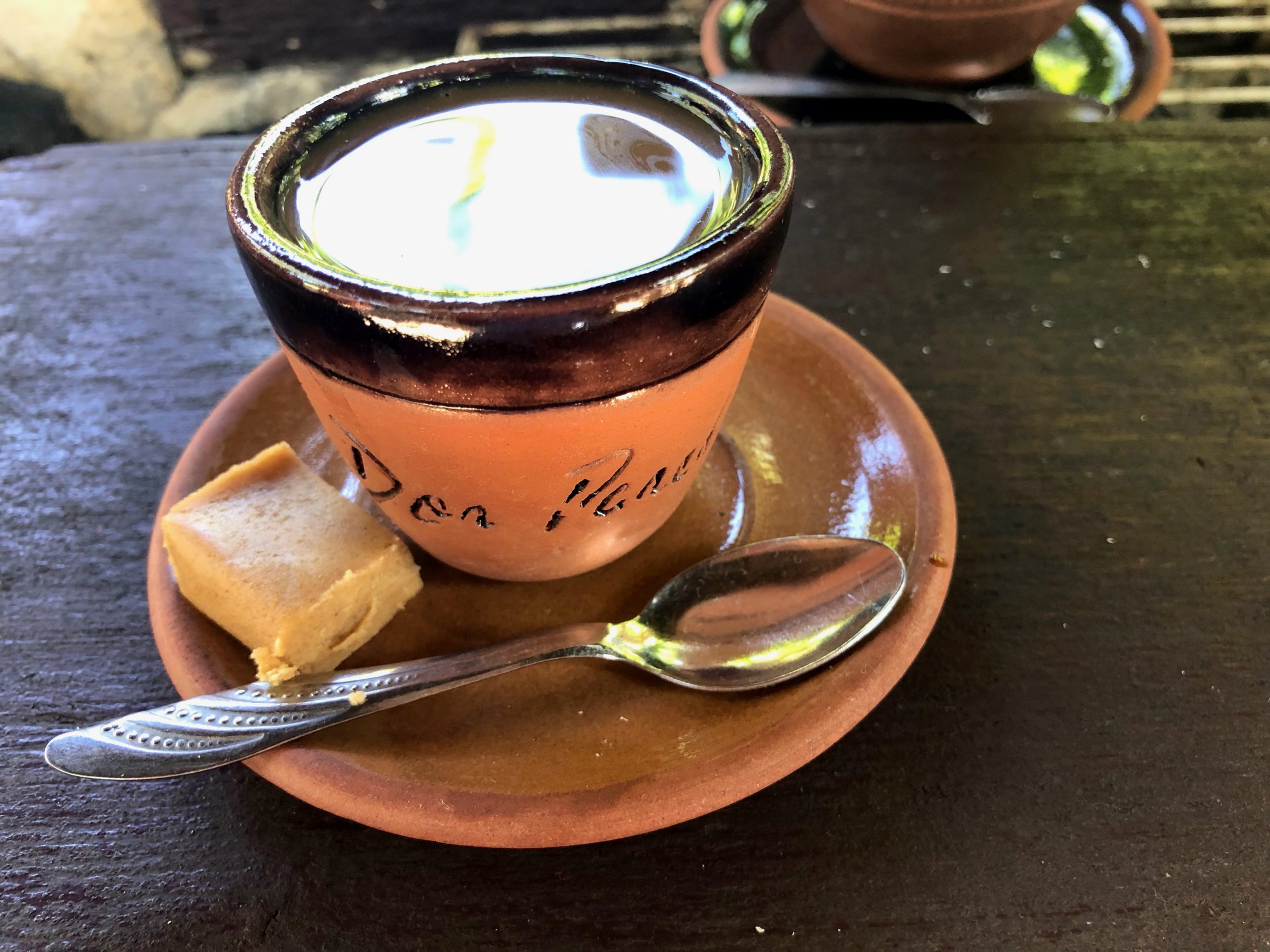





Poke Tacos Monkeypod

Tomato Tart - Jose Andres

LuLu Dog treats

Soup Alexis Alvarez Armas

Cafe Cubano

Riva @ Gritti Palace













Have you ever wondered exactly how beekeepers get honey from the hive to the jar? I hadn’t given it much thought until, of course, I became a beekeeper. This past weekend I extracted honey from my lost hive as well as some from the “Miracle” hive. Don’t worry – I left plenty of honey inside the hive for Miracle and her girls to eat! Extracting honey from a hive that is no longer there clearly is easier than one full of thousands of bees. After all honey is a commodity they are sure to protect.
In a normal situation with a hive full of bees, before extracting honey the beekeeper must remove the supers full of honey. The frames inside the supers are always loaded with bees and before the super can be pulled the bees have to move. How does one coax a bee off of a frame full of honey? You may ask. The first time I had to do this I tried smoking and brushing them off – well it worked – kind of. I wouldn’t advise this method. The next time I used a fume board sprayed with a fumigator. NOT poison, but a spray with an odor that bees do not like. The beekeeper coats the fume board with this spray and lays it on top of the honey supers causing the bees to escape to the supers below. This method is pretty reliable and does not harm the bees. All of that being said it also requires quite a bit of time before the supers full of that delicious golden nectar can be removed from the hive. Can you imagine urging all the bees on the frame in the photo below to move on?
Once the supers full of honey are removed, they are taken to the extracting room. This might be a special place where a beekeeper harvests the honey or in my case, my kitchen. I rented a hand crank extractor, with reservation. In the past I was always lucky enough to have the use of Mr. F’s electric extractor. I am happy to say it turns out the hand crank technique is not at all hard. This time I was lucky to have my man, Dan to help with the process.
I still had to remove the wax capping from the frames before inserting the frames into the extractor. I do this by using a heated knife which melts the wax and cuts it from the frame – leaving the honey exposed and ready to be removed.
We spent our Saturday working on this project and at the end of the day calculated that we have about 2 1/2 gallons of honey. Not all that much, but I am so happy that I was able to turn a sad situation into a positive one. The honey is sweet, (duh) and fruity. It offers flavors of peaches and berries – and I have no idea where my bees harvested the nectar to make this glorious honey. I am still sad that they are gone but fortunate to have salvaged this delicious honey.
Below is a 30 second video of the extraction process. When you click on the link it will go to a new page where the photo will be tiny – click on the photo and it will open up to a full screen video. I hope you enjoy it!
Questions? I am happy to answer any questions you may have after viewing the video – just comment on this post! If you’re interested in more stories about extracting honey check out this post from 2013 which shows the entire job from the bee yard to the honey house!


Loved the high speed activity video…it feels that way to me when I extract too. A frenzy of activity and the room filled with the scent of honey! Thanks for sharing.
Hi – so nice to hear from you! There’s nothing like the fragrance of honey and wax surrounding us when we extract honey. Glad to hear you are having success with your bees!!
Man! If I did that, it would be all over the walls, the floor, my hair. But oh what fun!!